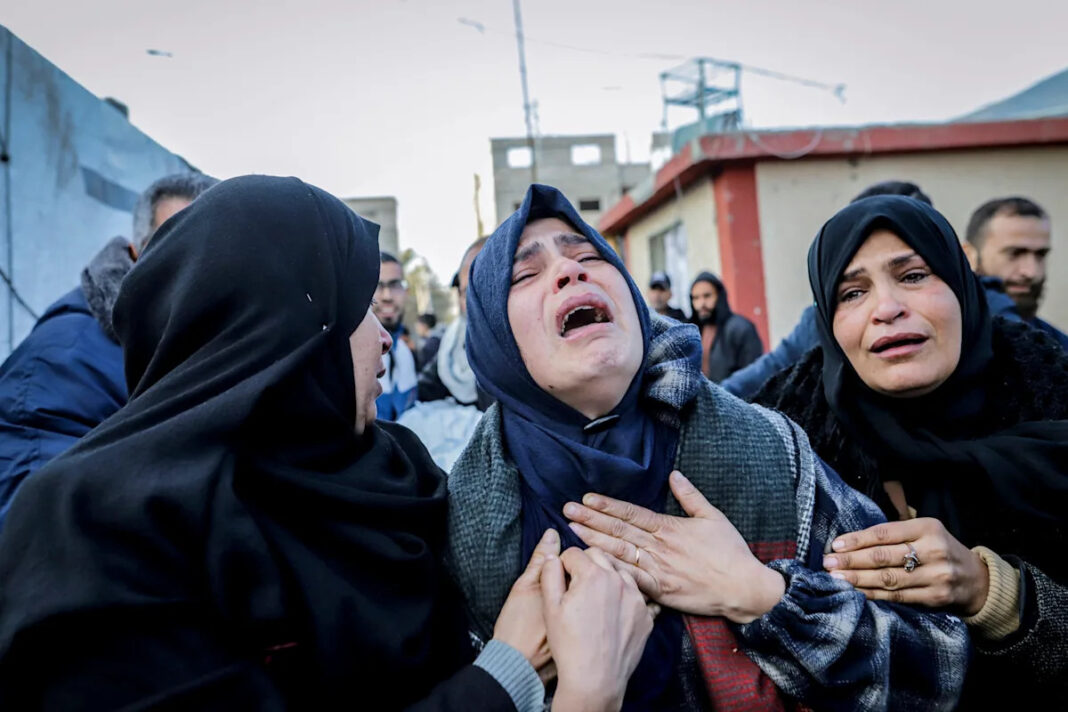Has the World’s Most Volatile Region Been Transformed?
The Israeli-Palestinian conflict has long been regarded as one of the most complex and volatile situations in global politics. As we approach the two-year anniversary of Hamas’ dramatic attack on Israel on October 7, 2023, there are growing questions about the transformations unfolding within this turbulent region.
A New Proposal for Peace
President Trump’s recent 20-point plan for a ceasefire in Gaza aims to leverage the sweeping changes and massive devastation that followed the attack. The devastation marked not only a humanitarian crisis but also the potential for geopolitical shifts that may have long-term consequences.
Hamas’s weakened state led it to agree on releasing hostages, aligning with some provisions of the plan introduced by Trump alongside Israeli Prime Minister Benjamin Netanyahu. However, not all aspects of Trump’s initiative, particularly concerning Gaza’s reconstruction, received Hamas’s endorsement, indicating the complex negotiations that still lie ahead.
The Impact of War on Gaza
The conflict has had grievous consequences for Gaza. Reports indicate that over 66,000 lives have been lost, with women and children accounting for a significant portion. Humanitarian organizations are sounding alarms about looming famine, driven by widespread devastation and displacement. Almost the entire population of around two million residents has been uprooted from their homes, often fleeing multiple times to evade relentless bombardments. Satellite images reveal that entire neighborhoods in Gaza City have been reduced to rubble.
A UN-backed panel has highlighted the dire living conditions, indicating that one in three individuals in Gaza is going without sufficient food. Netanyahu denies the accusation of starvation tactics but faces mounting critiques from various international voices. Senator Chris Van Hollen has publicly condemned the Israeli government for allegedly using hunger as a weapon.
Israel’s Erosion of Global Standing
The fallout from the conflict has significantly altered Israel’s international standing. Netanyahu’s travel to the recent UN General Assembly in New York emphasized Israel’s diminished influence, as he took a lengthy route to avoid countries that might act on an arrest warrant for alleged war crimes.
Even traditional allies have turned their backs, with countries like France, Canada, and Australia moving toward recognizing a Palestinian state. This shift underscores Israel’s growing isolation in a world increasingly critical of its actions in Gaza. During his UN address, Netanyahu’s defiance was palpable as he vowed to pursue justice against Hamas without compromise.
Regional Repercussions
The turmoil extends beyond Gaza, affecting neighboring countries and altering the broader Middle Eastern landscape. Israeli airstrikes on Hezbollah positions in Syria are cited as a contributing factor to the Assad regime’s unexpected fall in late 2024. This upheaval further complicates relations as various nations navigate their own interests amid the shifting power dynamics.
Israel’s June airstrikes on Iran’s nuclear facilities marked another critical escalation, as Trump ordered U.S. interventions designed to preemptively curb Iran’s ambitions. The dramatic shifts highlight a newfound urgency in capitalizing on lessons learned from the violence that erupted on October 7.
Remaining Hostages and Their Fates
Despite some hostages being returned, a stark number remain unaccounted for. Out of the 251 hostages taken during the October attack, approximately 20 are believed to be alive, while additional 25 are presumed to have died without their remains being returned. Families of the captives continue to advocate for their release, emphasizing that “an entire nation wants to breathe again,” as illustrated by emotional protests outside the UN.
Hostages’ families have pleaded for help from global leaders, hoping for urgent action to secure the release of their loved ones. Demonstrations amplify the human aspect of this geopolitical crisis, reminding the world of the individual stories and pain accompanying political maneuverings.
This landscape of shifting allegiances, humanitarian crises, and geopolitical transforms serves as a haunting reminder of the precariousness of peace in this historically fraught region. As discussions of ceasefires and reconstruction plans circulate amidst ongoing violence, the future remains uncertain. The potential for transformation exists, but it faces formidable challenges on all sides.



